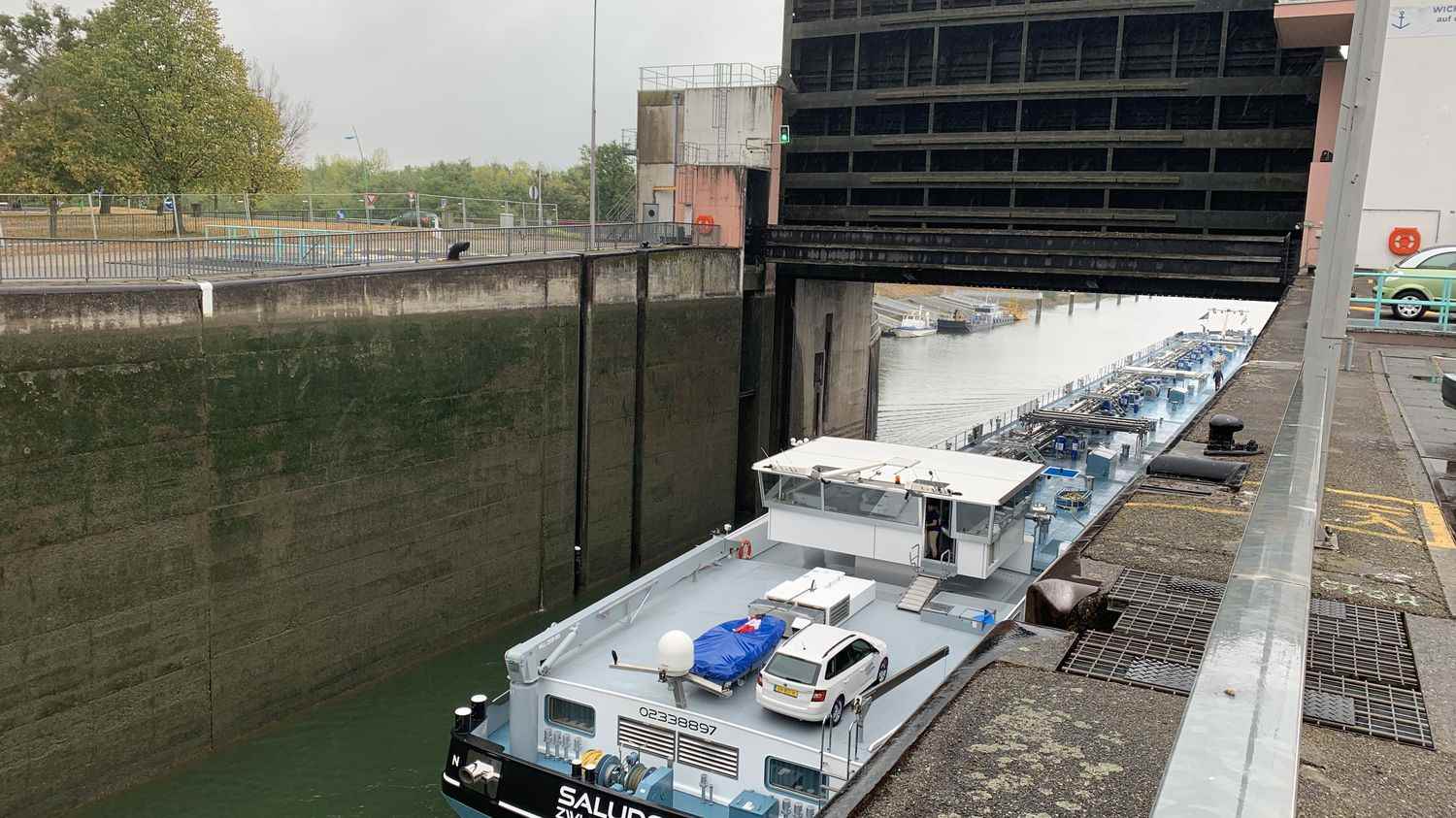North of Strasbourg, at the lock of Gambsheim (Bas-Rhin), under the drizzle and the clouds, a huge barge of hydrocarbons passes slowly. There is a little rain that day, synonymous with a rise of a few centimeters in the level of the Rhine. But in the control tower of the Rhine control center, located on the quay of the lock, Bastien Dion, head of the Strasbourg-Rhine unit for Voies navigables de France, does not have too many illusions, “we can’t say that it’s enough to end the episode” of drought.
For two months, drought has affected the main rivers of Europe. On the Rhine, the largest commercial river in Europe with 300 million tonnes of goods transported each year, the loading of barges is reduced by three quarters to avoid running aground and paralyzing all river traffic.

Throughout the summer, Bastien Dion saw barges go by loaded with a quarter or a third of their capacity: 400 to 500 tons compared to the usual 3,000, to avoid running aground in the German part of the Rhine, at Kaub, the lowest point of the river. Result: cThe difficulties drove up the price of goods and traffic fell by 7% compared to last year. At the lock, Bastien Dion only sees around fifty boats pass a day instead of 70 on average.
“At some point, when the cost becomes too high compared to transport, the carrier or his client may decide that ultimately it is no longer profitable.”
Bastien Dion, head of the Strasbourg-Rhine unit for VNFat franceinfo
The fall in the level of the Rhine is not a new problem. In 2018, the level was even lower. But back then, that was less of a problem. The commodity market was much calmer. For four years, river transport has developed.
In his Strasbourg office, Guy Erat, director of “Danser France”, a transport company, look at the model of an impressive river convoy. “Boat sizes have almost doubled in 50 years. There was also not the same level of international trade, thanks to shipping containers, that followed the boom in world trade of the last 20 years. So, inevitably, the volumes to be transported are also greaterhe explains. It is a necessary evolution to remain competitive compared to trucks, compared to trains, etc.“, continues Guy Erat.
With boats far from full, the big winner could be freight. “One of the solutions is to postpone what cannot be transported at river level via the raile”, recognizes Claire Merlin, director of the Autonomous Port of Strasbourg. “We now have 17 rotations per week at rail level and this is something that is set to increase. Some of the merchandise may have been rescheduled. But today, indeed, the trains are full”explains the director.
As for trucks, usually more expensive than transport by boat, they are now benefiting from the rise in river prices. But they can transport much less goods and are much more polluting. A barge replaces nearly 60 trucks.
The impact of drought on river transport on the Rhine: report by Grégoire Lecalot
to listen
